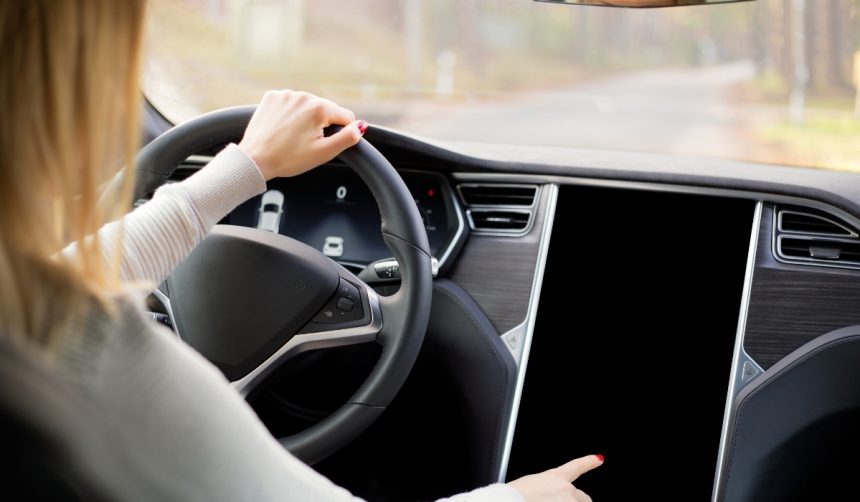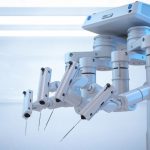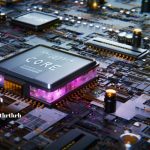Austin has become a critical site for autonomous vehicle trials as Tesla advances its Robotaxi platform within the city. While testing the boundaries of fully driverless ride-hailing, Tesla has drawn attention not only from technology enthusiasts but also from major financial institutions. The growing interest in the Robotaxi project highlights the broader competition in self-driving ride-hailing, particularly against established firms like Waymo. Observers point to the rapid increase in the number of individuals granted access to Tesla’s driverless vehicles as a signal of the company’s push to scale up operations in response to rivals. Questions remain over the commercial potential of the service and how it will impact the future trajectory of both Tesla and the urban mobility landscape.
Waymo’s earlier deployments in Phoenix and limited operations in other cities have set a precedent for how challenge in the driverless taxi industry unfolds. Reports suggested Tesla would struggle to gain acceptance in the autonomous ride-hailing sector, given its less advanced mapping systems and greater regulatory challenges compared to competitors. More recently, the scope and pace of Tesla’s Austin rollout has begun to shift perceptions. This marks a noticeable development when compared to previous assessments that doubted whether Tesla could compete with established players on both coverage and safety.
Analysts Revisit Their Assessments of Tesla’s Prospects
JPMorgan, which had listed Tesla as a stock to short for 2025 on account of several factors including the loss of the EV tax credit and skepticism about the Robotaxi’s viability, conducted a field test of the platform in Austin. Their analysts, known for being among Tesla’s most consistent critics, reported a notably different experience than expected. One analyst stated,
“It was certainly solid and felt like a safe ride at all times.”
The positive firsthand feedback marks a shift in sentiment towards the service, at least as far as its technical and safety features are concerned.
How Are Ride-Hailing Boundaries Shifting with Competition?
Tesla’s Robotaxi operations in Austin have sparked a visible expansion of service areas, known as geofences. Initially, Tesla’s geofence reached 42 square miles, chosen to optimize coverage within Austin while testing vehicle performance. When Tesla expanded its service area, Waymo promptly responded by substantially increasing its own operational boundaries, surpassing Tesla’s footprint. Both companies appear to be engaged in a contest of territory and user base acquisition, rapidly increasing the pace of urban autonomous vehicle integration.
What Might Broader Public Access Mean for Tesla and Its Competitors?
Currently, Tesla’s Robotaxi availability is limited to an expanding pool of early users, but broader access could shape market dynamics. Industry observers believe that Tesla, if it opts to further scale its network, could rapidly extend far beyond its present size, leveraging its full self-driving technology. While the specific plans for public rollout remain undisclosed, increasing map coverage and user invitations signal the company’s readiness to compete for market share with Waymo, which has thus far matched Tesla’s moves with swift expansions of its own network coverage.
Tesla’s recent advancements in Robotaxi services have resulted in a rare positive reassessment from critical analysts, shifting the narrative from likely disappointment to measured approval with regard to ride quality and safety. The rivalry with Waymo demonstrates how autonomous vehicle companies vie for coverage and recognition in a developing market. Urban planning, regulatory acceptance, and technology readiness continue to be pivotal factors that will determine both service adoption and customer trust in the near future. For stakeholders and city planners, the current competitive maneuvering foreshadows greater shifts in city transport infrastructure. Readers evaluating entry into this field or planning for future urban mobility should pay particular attention to how legal frameworks and user experience feedback adapt to the speed of these innovations. Keeping abreast of the scale and technological maturity, as well as public perception, is crucial for anyone tracking progress in autonomous ride-hailing services.
- Tesla expands Robotaxi testing with improved service in Austin.
- Analysts’ views shift as ride experience exceeds early doubts.
- Competition with Waymo increases urban self-driving coverage rapidly.










